|
This curved Japanese sword usually measures around four to five feet or longer. Many examples are over six feet. The average (modern) 'Katana' is around 90cm long - or just under three feet. As this sword requires plenty of 'open space' to be used effectively - it could be that this is the preferable translation - which is open to debate. Being sat upon a horse grants the kind of space required and the freedom of movement needed. The speed of a charging horse would provide the power for the sword to perform its task - cutting-through the enemy - with the sword 'dragging' through the air. Even so, this Japanese sword is much longer than Western cavalry swords. The Japanese and Chinese script used in this article is incompletely translated - which I rectify below. I have also added the proper Japanese-script name (not included in the above article). The other included historical data in acceptable for further research. I have added different photographs in this email. The Chinese name is ' 大太刀' (Da Tai Dao) - or 'Great Grand Blade'. The Japanese name is ' 野太刀' (No Da Chi) - or 'Field Grand Blade'. As this uses Chinese ideograms - this name can also be read as 'Ye Tai Dao' - 'Field', 'Open Space' or 'Wild' Sword - depending upon interpretive emphasis. In Japanese script proper - this sword is named 'おおたち' or 'O-Otachi'. The article below is auto-translated and gives a chronological record of the development of all Japanese swords - from the Tang Straight Sword to the modern Japanese Katana: History of the Japanese Sword (English) According to Japanese and Chinese language texts - this sword should be used only by warriors on horse-back due to its varying length (90cm-150cm or longer). This blade is designed to severe the legs of attacking enemy horses - and to cut enemy infantry soldiers across the waist area. Some Japanese Sword Schools, however, do attempt to use this sword on foot with the scabbard sometimes (but not always) secured across the back.
0 Comments
Dear Charles! Coxinga (1624-1662) lived about 100-years after Yasuke in Japan. However, he was half-Japanese himself and possessed a personal bodyguard known as the 'Black Guard' comprised of African men freed from Portuguese slavery by Chinese forces. A pictures survives of one of these African men. Coxinga is famous for taking-on - and defeating the Dutch forces on Taiwan - and was granted that staus of 'King' of that island by the Ming Emperor of China. Coxinga was a Ming Dynasty General - the child of a Chinese man and a Japanese woman! The Chinese language texts make much of the Dutch being defeated. This may have been the first military engagement between China and the West. Perhaps the Black Guard had a pivotal role. The drawn picture shows the African man carrying the Guan Dao (the blade of Lord Guan) - a high status weapon! Portuguese slavery must have been prolific! I once visited Portugal for a holiday and was astonished to find their tour guides talking about their slave-trading past with a sense of pride! Britain takes a different path and tends to deny it! Best Wishes Adrian
Dear Charles! The remarkable true-story of this African man was told to me today - so I did a little research digging: You may have already heard of this person - but its news to me! His name is written in traditional Chinese characters but pronounced in the Japanese language - which was typical for the 16th century Japanese culture of the day 彌 (mi1) (Ya) = a 'long distance', to 'stop' or 'put down' and 'to relax a drawn bow' 助 (zhu4) (Suke) = to 'help', 'aid' and 'assist' Therefore '彌助' ('Mizhu' or 'Yasuke' could mean the 'tall' person, the 'martial' person (as in possessing good 'self-control') or the person from 'far-away' - who is an 'able' and good 'retainer'. 'Yasuke (b.1556-d.?) was a Retainer (Samurai) of the Daimyo known as - Oda Nobunaga - during the Warring States Period in Japan. Yasuke is famous as being the first 'African' (Black) warrior in Japanese history.' One story I read in Chinese language sources talks of the troops of Oda Nobunaga attacking an area controlled by Ninja Clans. As can be expected - the fighting was ferocious with the Ninjas fighting very much like the Vietcong and causing all kinds of enemy casualties through ingenious and under-hand methods! At one point in the fighting - Yasuke - is ambushed whilst alone by a group of Ninja warriors, but he draws his katana shouting 'My Lord is invincible!' - and proceeds to advance and carve his way through his assailants! However, soon he is completely surrounded and in a desperate position! At this point Lord Oda Nobunaga himself arrives on the scene with his warriors and after seeing Yasuke holding-off dozens of living Ninjas (as well as piles of dead Ninja bodies) he orders his immediate rescue! Best Wishes Adrian
In the aftermath of the Xiamen “Chopping” incident – the victim Shi Jiaming (石佳明) is NOT dead – and thanks to advanced Chinese medical care and world-class surgery, his hand has been carefully re-attached and he is well in hospital! 1. Reviewing the “Chopping” Incident! On May 23rd, 2023, an astonishing “chopping” incident occurred on a college campus situated in the Xiang'an District area of Xiamen City, Fujian province (a place world renowned for its martial arts culture). Shi Jiaming - a Douyin ‘Influencer’ - was holding an outdoor “live” broadcast together with another well-known internet celebrity named ‘Ye Jianan’ (叶建安) when he was suddenly attacked by a man in black wielding a bladed weapon (Police photographs suggest the weapon used was a ‘Wakizashi’ - or traditional Japanese ‘Short-Sword’ usually worn with the ‘Katana’ or Japanese ‘Long-Sword’). During the fray - Shi Jiaming's left hand was cut off - whilst he and Ye Jian'an quickly fled the area – running for their lives! After the incident, the Police quickly apprehended the potential murderer – whose surname is ‘Luo’ (罗) - and sent the injured Shi Jiaming to the hospital for treatment. It is reported that the cause of the incident was a quarrel between Luo and Ye Jianan. Luo is from Sanming City, Fujian Province. He used to find a sense of ‘presence’ and ‘well-being’ in Ye Jianan's live broadcast chatroom - but was recently ridiculed and insulted by Ye Jianan. Feeling resentful - Luo took a bus from Sanming City to Xiamen and waited in ambush outside the college cafe. As Luo did not know who Shi Jiaming was – he mistook him for Ye Jianan's accomplice (and bodyguard) – and so attacked him! There were rumours on the Internet that Shi Jiaming could not be saved and had died. Obviously, these false ideas are not true. 2. The Hand Was “Surgically” Re-Attached! Fortunately, Shi Jiaming did not die due to excessive blood loss as falsely speculated by a number of people online. After emergency treatment by doctors - his severed hand was successfully re-attached, reset and fixed. The doctors stated that the cut was so ‘clean’ and ‘exact’ that it was easier to repair than if the cut had been haphazard or ‘jagged’ due to inexperience. This suggests Luo has had considerable martial arts experience with ‘foreign’ bladed weapons. Currently, Shi Jiaming is out of danger and is recovering. According to the doctor, if there are no complications (such as infection or rejection after the operation), he has a good chance of recovering all his hand function. Netizens expressed shock and outrage at the incident. Some people condemned Luo's cruelty and unreasonableness, some sympathized with Shi Jiaming's experience and loss, whilst others criticized Ye Jian'an irresponsibility and apparent cowardice in the face of danger. Some people also called for strengthening Internet usage regulations and legal education to prevent similar tragedies from happening again. Chinese Language Article: 厦门砍人事件后续,石佳明没有死,手已经接上,人在医院安好 2023-05-25 22:42
一、事件回顾 5月23日,一起惊人的砍人事件发生在厦门翔安区某学院内。一名抖音网红石佳明正在和另一名网红叶建安进行户外直播时,突然遭到一名持刀的黑衣男子袭击。 石佳明的左手被砍断,和叶建安夺路而逃。事发后,警方迅速出动,将凶手罗某抓获,并将受伤的石佳明送往医院救治。 据悉,这起事件的原因是罗某和叶建安之间的口角矛盾。罗某是福建三明市的人,曾在叶建安的直播间中找存在感,却遭到了叶建安的嘲讽和辱骂。罗某心生怨恨,从三明市乘车来到厦门,在学院咖啡厅外埋伏等待机会。由于不认识石佳明,罗某将他误认为是叶建安的同伙,便对他下了毒手。 有网络谣言说石佳明救不回了,已经死亡。 二、手已经接上 幸运的是,石佳明并没有因为失血过多而死亡。经过医生的紧急抢救,他的断手被成功接上,并进行了复位和固定。 目前,他已经脱离了生命危险,正在恢复期。据医生介绍,如果术后没有感染或排异等并发症,他有很大可能恢复手部功能。 对于这起事件,网友们纷纷表示震惊和愤慨。有人谴责罗某的残忍和无理,有人同情石佳明的遭遇和损失,有人批评叶建安的逃跑和不负责任。也有人呼吁加强网络文明和法制教育,避免类似的悲剧再次发生。 I was forwarded this short video clip from a colleague involved in high-level Aikido practice - which in their Japanese School involves Katana (Long Sword) 'cutting' (carried out in a peaceful, meditative state). It was explained to me that their Sensei had explained that prior to WWII - many 'Official' Sword Smiths in Japan possessed a 'Permanent' Governmental Permission to 'Test' the effectiveness of freshly forged blades on the necks of judicial prisoners Sentenced to Death. As the process of 'Test Cutting' blades today (only using rolled-up tatami mats) is referred to as 'Tameshigiri (試し切り) - could I decipher, translate and transliterate this Japanese term to see if this 'history' is denoted in the concept. My research is as follows: 1) 試 (Tame) = Trial, Experiment and Exploration. 2)し(Shi) = Death, Execution and Judicial Decapitation - achieved through s single (efficient) Sword 'cut' or 'swing' - where the blade does NOT oscillate (wobble) left and right when in movement. 3) 切 (Gi) = Slice, Cut and Cleave apart. 4) り(Ri) = Perfected Form, Finished and Completed Movement. The data obtained when forensically translating this term - which requires rolling-back layers of 'politically correct' (interpretive) terminology accrued over several post-1945 decades - does indeed support the history lesson as transmitted by the 'Aikido' Sensei concerned. The tatami mats - which must be struck and cleaved with a 'graceful ease' - have 'replaced' the necks of condemned Japanese criminals (who are now 'Hanged' in private). This is in fact a 'Death-Cut' - or a sword strike designed to render an opponent DEAD in the quickest and most efficient manner!
The Tenshin Ryu - Art of War - is an ancient Japanese Style of martial arts created by Tokizawa Yahei during the Kanei period (1624-1645). According to its origination story - this Style emerged from the Style known as 'Shinkage Ryu' as taught by Yagyū Munenori - the Instructor of the Sword to the Tokugawa Shogunate. It is said that Tokizawa Yahei (who served Yagyū Munenori) - created his own School by carefully collecting and organising more than 200 defending and attacking sword-fighting techniques. He named this Style the 'Tenshin Ryu': This style is written in traditional Chinese ideograms (which I can read and share): 天 (tian1) = Over-arching, limitless divine sky 心 (xin1) = mind (brain) and-or anatomical heart 流 (liu2) = flow, river, a 'preserving' and 'spreading' device which links the past to the present, and the present to the future 兵 (bing1) soldier, war, weapon, martial 法 (fa1) law, rule, order, guide, standard, method and 'certain' way I suspect this is influenced (during the latter Ming Dynasty) by of the Chinese Ch'an School of Buddhism and its definition of enlightenment (transmitted to Japan as 'Zen' in its various guises). The mind is 'stilled' during the act of seated meditation - or through the interaction between an enlightened Ch'an Master and the seeking Disciple. Any act, (including a wise word, Sutra reference, a slap, step or well-timed 'ignoring'), is useful for bringing the habitually moving surface mind to a halt. From this point, further training is needed to 'jump off' the hundred-foot pole, as it is called - so that the human perception 'expands' in all (eight) directions without limit. All is correctly perceived without whilst being perfectly reflected within. This young lady moves with her deadly sword within this 'all-embracing' and 'pristine awareness'. I hope that she uses such a beautiful (and deadly) weapon for only doing good for humanity.
This is not exactly the same as Bare Knuckle Boxing as practiced in the contemporary West – but might be nearer to the ‘bare knuckle’ equivalent (under the ‘London Prize Fighting Rules’) practiced in the West prior to the advent of the Queensbury Rules and the implementation of ‘gloved’ fighting (in the late 1800s). Indeed, the further back in time the comparison is taken – the nearer the two forms of combat become – with Western boxing originally involving throwing and kicking, and used as an unarmed augmentation to fighting with staffs, swords and pistols, etc. A book I read in my youth in the UK was entitled ‘Cross-Buttocks and Claret’ - referring to bloody public spectacles of punching, kicking, tripping and throwing! My father (Peter Wyles) – from the working-class slums of Leicester was taught by his father (Alfred Gregory Wyles 1916-1976) the bare-knuckle style passed-on by his father (Archibald Britton Wyles 1887-1941 – born in Duddington, Northamptonshire). A bolt upright – two-armed affair that relied on a solid and repetitive jab occasionally follow by a straight-right – the closed hand of which would habitually be used to protect the chin when not being thrown (the 'point' of the chin 'sits' in the 'eye' of the closed-fist). Coupled with elaborate foot-work and ‘swaying’ from the hips – no hooks were used. The arms were used like ‘bats’ to ‘catch’ and ‘hit’ away any incoming blows – including head-butts and elbows. Correct-positioning overcame rapid and continuous movement whilst power of punch overcame diversity of punch. I suspect that in an era when people in the West had never encountered Asian martial arts (or ‘French Savate’), the general paradigm around ‘fighting movement’ would have been quite different and premised upon historical Western institutions involving fighting arts and any innovations that had developed out of these entities. Modern weaponry and service in the professional military (and particularly experiences of combat) may have developed variants and styles of fighting all over the UK. Brutal hand to hand fighting to the death on the battlefield may have ended in unarmed combat when weapons broke, bayonets snapped and ammunition ran-out. Fighting in fairgrounds and outside public house is, of course, a British institution and I have met a number of Romany people in the UK who have been brought-up fighting ‘bare-knuckle’ in what they call the ‘Gypsy Style’! Generally speaking, these Romany people have treated both my Asian and Western martial history with a great respect. As Romany people have had to fight to defend their very existence throughout the years – obviously as a people they have developed a very healthy respect for the fighting arts! Translator’s Note: I knew of Master Hai Deng before he became famous for his martial arts skills. Indeed, he was considered a very devout Ch’an Buddhist Master whose understanding had been tested and confirmed by Master Xu Yun (1840-1959). He happened to come from the Sichuan area which has a number of Ch’an Temples renowned for their martial arts practice. The combining of martial arts and spirituality is very common in China and does not only happen at the Shaolin Temple in Henan. However, Master Hai Deng once tested his martial arts skills against another disciple of Master Xu Yun – namely ‘Master Ti Guang’ [体光] (1924-2005) - and lost the bout. There was no ego or anger involved and both monastics behaved with humility and respect toward one another. Master Hai Deng was very grateful that weaknesses in his physical technique had been exposed so that he could work at strengthening these areas and enhance his understanding in this art. More to the point, Master Xu Yun fully trusted Master Hai Deng to run monasteries as the Head Monk and teach the Buddhist Sutras to the monastics and visiting laity! Of course, with his visit to the West, and his involvement with the modern media, rumours and misunderstandings developed that were not the fault of a simple Buddhist monk. It is the world of dust that is to blame – and the Dharma that Master Hai Deng effectively upheld all his life! ACW (6.7.2021) Master Hai Deng was originally just an unknown poor monk. Because of a coincidence, it seems that he became famous overnight and a household name. He became a heroic figure that people talked about. This all started with a news documentary called "Sichuan Unusual Events Record" (四川奇趣录 - Si Chuan Qi Qu Lu). It reported that in 1979, the Great Wall Film Company of Hong Kong and Emei Film Studio were preparing to jointly shoot a large-scale news documentary about unusual people from Sichuan. When the film crew was shooting at Baoguang (宝光 ) Ch’an Temple, a famous temple in western Sichuan, they heard that a martial arts-practicing monk - named ‘Hai Deng’ - lived in seclusion in the mountains of Jiangyou, spending his days and nights deep within seated meditation. After searching the remote areas, they eventually found Master Hai Deng on the mountainside near Chonghua Town, Jiangyou County. Master Hai Deng lived in a simple hut built on the mountainside. Although the thatched hermitage is simple - it has a very Ch’an-like name -"Benyuan Jingshe" (本愿精舍) - or ‘Source of the Will Abode’. This name was devised by Master Hai Deng himself. The interior space of the hut is very low, narrow and small. The only items inside are a meditation stool with a mosquito net, a small stove for cooking, a dining table, and a few bowls and chopsticks. Why is there no bed? It turned out that in order to pursue the true meaning of Buddhism and martial arts, Master Hai Deng did not sleep in a bed for decades, and sat upright in meditation at night. From this point of view, Master Hai Deng can be regarded as a generation of Buddhist monastics truly living outside the world. Master Hai Deng was invited to the Baoguang Temple to take part in the filming of the TV show. When he finished performing martial arts, this esteemed, elderly monk granted interviews with the monks and the local martial arts-loving young people associated with Baoguang Temple – who asked his advice about meditation and self-defence practice. He was devoted to teaching, and he was not fatigued in anyway despite his age - and was able to write poems on the spot. If Master Hai Deng's posthumous work "Shaolin Cloud Water Poem Collection" (少林云水诗集 - Shao Lin Yun Shui Shi Ji) is examined, his improvised "Ten Poems of Baoguang Temple" are included, the construction style of which is considered quite high. The term ‘云水’ (Yun Shui) or ‘Coud Water’) is a term used to refer to a Buddhist monastic who wanders from place to place – like a leaf blowing in the wind – or a drop of water falling like rain. (Translator: See Hexagram 56 ‘旅’ (Lu) of the ‘Classic of Change’ (Yijing) - the ‘Wanderer’ to explain this situation). After the release of “Sichuan Unusual Events Record", Master Hai Deng's reputation gradually became apparent. In 1982, the head monk of Shaolin Temple - Shi Xingzheng (释行正) - sent a monk to Sichuan to study at the Buddhist Academy. Since Master Hai Deng had visited the Shaolin Temple several times before, Shi Xingzheng decided to personally visit the ‘Source of the Will Abode’ to pay a return visit to Master Hai Deng. Whilst discussing Ch’an, Master Hai Deng expressed the intention of going to Shaolin and formally becoming a humble ‘Disciple’ of the famous temple. What can Shi Xingzheng say? He could only welcome such a visit. Master Hai Deng took six disciples and went to Shaolin to live and study with them for a time. Many of the Shaolin monks thought it a happy occasion to meet with Master Hai Deng – a Ch’an monk who seemed to have come from another (earlier) time! In 1983, the movie "Shaolin Temple" starring Jet Li was very popular. "Shaolin martial arts" immediately became a cultural heritage sought after and admired by the people. In November 1982, Xiao Dingpei (肖定沛) - a disciple of Master Hai Deng - wrote an article about Master Hai Deng practicing Ch’an in the Shaolin Temple, and had it published. Outsiders did not know that Master Hai Deng was only a visiting ‘Disciple’ of the Shaolin Temple. This misunderstanding was compounded by the fact that many had seen Master Hai Deng perform three extraordinary qigong exercised in the “Sichuan Unusual Events Record" documentary – and mistakenly believed he had learned these abilities at the Shaolin Temple! This led to the further confusion that Master Hai Deng was a Ch’an monk ordained at the Shaolin Temple (he was not) and that his martial arts skills were learned at the Shaolin (they were not). It has to be made clear that Master Hai Deng never personally claimed any of this and was usually the last to hear about each rumour! Furthermore, a well-known author concocted a biography of Master Hai Deng – which described him as a Shaolin monk – and even that he was the ‘Head Monk’ (Abbot) of the Shaolin Temple! Then, in 1983, the Beijing Evening News added to the flames, serializing this so-called ‘biography’ of Master Hai Deng Master! Master Hai Deng was said to have only ‘reluctantly’ taken the post of Shaolin Abbot whilst he became the focus of media attention. Master Hai Deng was also invited to attend the 2nd Spring Festival Gala held by CCTV in 1984, where he performed qigong stunts. In 1984, the Central News Film Studio found Master Hai Deng and produced the documentary "Dharma Master Hai Deng of Shaolin" (少林海灯法师 - Shao Lin Hai Deng Fa Shi). . Needless to say, this film was a big success. The photography team was very excited and decided to continue to encourage others to organize the staff to write a script about the legendary life of Master Hai Deng! Unwilling to be left behind, CCTV quickly joined forces with the Chengdu Foreign Affairs Office and invited Master Hai Deng and his disciples - Fan Yinglian (范应莲), Li Xingyou (李兴友) and others to shoot the TV series "Buddhist Careers" (佛门生涯 - Fo Men Sheng Ya). With all this publicity, Master Hai Deng became a defacto Shalin monk, Shaolin Dharma-Master and Shaolin martial arts expert! As he was quiet and humble, he did not take any notice of what was happening in the outside world – but merely ‘responded’ to circumstances as matters arose, He neither confirmed nor denied all the rumours but remain detached from it all. Although sometimes criticised for this ‘silence’ in the face of this disinformation, Master Hai Deng’s behaviour was ‘correct’ from a monastic point of view, as he remained ‘non-attached’ from the ignorance of others and never made any false claims about his own history or abilities. In 1985, he accompanied a Chinese film delegation when visiting the United States, setting off a wave of "Shaolin martial arts euphoria" in throughout America; he was also invited to teach the Dharma in the City of Ten Thousand Buddhas in the USA... In the meantime, the Shaolin Temple monk - Shi Xingzheng - expressed his dissatisfaction at these developments. This view was supported in many areas around Dengfeng County, where the Shaolin Temple is located in Henan. The Shaolin Temple emphasises the Cao Dong lineage and is very strict. Only a few hundred men are chosen as fully ordained Shaolin monks at any one time, and they must go through a vigorous selection process far more difficult than anything hinted at in the movies! The Shaolin colleges surrounding the Shaolin Temple are places for sharing a certain strata of Shaolin Ch’an and martial arts knowledge – and are not considered the Shaolin Temple proper. There is a clear distinction. Master Hai Deng was not an ordained Shaolin monk of the Shaolin Temple – although he had been allowed to worship in the temple grounds – and he had not learned the ‘inner’ martial arts of the Shaolin Temple. The rumours suggested that he had – and herein lies all the subsequent trouble! Due to all the confusion and trouble caused by these misunderstandings, the Education Department of the Dengfeng County Party Committee issued a statement that according to their records - Master Hai Deng is not the ‘Head Monk’ (Abbot) of Shaolin Temple. This was handed to the Head of the Chinese Buddhist Association - Zhao Puchu (赵朴初) – for clarification (just in case the government records were out of date or otherwise incorrect). Chairman Zhao Puchu wrote a reply on December 16th, 1985. His evaluation of Master Hai Deng in the letter is very objective. There are three main points: first, Master Hai Deng is a highly respected and fully ordained Ch’an Buddhist monk from Sichuan and is the Director of the Chinese Buddhist Association; second, Master Hai Deng is a genuine Master of martial arts; third, the news media's publicity is disrespectful and misleading. The solution proposed by Zhao Puchu is to understand the misleading propaganda, and correct it over-time through education. In this way the mistaken views will come to an end. Although a statement was issued stating that Master Hai Deng was not the ‘Head Monk’ (Abbot) of the of Shaolin Temple – this fact did not affect his continued “popularity”. In 1986, he was invited to the Shanghai Armed Police Command School to instruct students in the practice of martial arts; He was hired as the general instructor of the PLA Scouts martial arts training team; in 1987, he participated in 20 episodes of the TV series "Dharma Master Hai Deng" filmed by Sichuan TV; In 1988 he settled in the ‘Martial Arts Dharma-Hall Dedicated to Master Hai Deng’ built for him in Jiangyou... But in January 1989, he fell ill and passed away. The ashes of Master Hai Deng were not yet cold when a reporter from Sichuan Daily – named ‘Jing Mou’ (敬某) , published a long report in Beijing’s "Reportage" magazine and Hainan’s "Gold Island" magazine. This article was highly disrespectful and wrongly claimed that Master Hai Deng was a ‘Liar’ and a ‘trickster’ who lived a life of only ‘making money’ out of those he fooled! Fan Yinglian - a disciple of Master Hai Deng- took Jing Mou to Court in August 1989 for “infringement of reputation”. After investigation, it was found that Master Hai Deng followed the Vinaya Discipline carefully lived a very hard life – this pure and virtuous lifestyle was fully maintained even after he became famous throughout the country. All the offerings sent to him by sincere believers were immediately donated to the local temples and hospitals, and there was nothing left for him personally. However, one of the filmmakers of the "Sichuan Unusual Events Record" documentary came forward and revealed that Master Hai Deng was suspected of cheating when performing the one-finger Ch’an hand-stand where is legs were suspended from the rafters by cloth straps. As a result, the people were in an uproar, and Master Hai Deng’s personal reputation collapsed and he became the object of criticism. Master Hai Deng became both a comedy and a tragedy. He was originally a poor monk who had left the world of dust, and was without power and money. The reason why he became a "god" was because of the wishful thinking superstitious attitudes of the people who held him up as something he was not; the reason why he was made a "demon" was also because of the same people who had become angry when they discovered their own stupidity in this matter. However, in all fairness, abandoning the dramatic changes in the last ten years of Master Hai Deng’s life, let’s just look at the majority of his life previous to his fame. He did indeed live a legendary life. He was an eminent monk who integrated Buddhism, martial arts, medicine, and literature. All these great achievements are ‘true’ and represent far more than most people achieve in a single life-time. The most commendable thing is that in the last ten years of his life, although he was praised as a god by the people, he could still maintain a hard life of pure and virtuous self-cultivation. He never once broke the monastic rules or abandoned the Vinaya Discipline. These observations alone deserve the respect of future generations. Of course, the most controversial aspects of Master Hai Deng are of two aspects: 1. Is his Dharma Correct? 2. Is his martial arts authentic? First, is the Dharma of Master Hai Deng correct? Old Tan (老覃 - Lao Tan) thinks it was very high. Furthermore, Master Hai Deng was a disciple of Great Master Master Xu Yun (虚云大师 - Xu Yun Da Shi) [1840-1959] - the ‘True Dharma-Eye of this Generation’! Old Tan added here, that Master Xu Yun was one of the first people who advocated the establishment of the Chinese Buddhist Association. He later became the first honorary president. Master Hai Deng visited Master Xuyun at Zhenru Temple in Yunju Mountain, Jiangxi, and was appreciated by Master Xu Yun. He soon became the ‘Head Monk’ (Abbot) of the Zhenru Temple, with Master Hai Deng being considered an expert lecturer on the the Shurangama Sutra, the Lotus Sutra and so on, by Master Xu Yun. Master Hai Deng was certainly of a generation of very highly accomplished and virtuous Buddhist monks! Was Master Hai Deng's martial arts of a high quality? Lao Tan again believes that Master Hai Deng was a very great martial arts master! This being the case, then how should we view his legs being suspended from the roof when performing his famous hand-stand? Well, it is to be expected as the Master was 80-years-old at the time! The fact that he could do any of these stunts is truly remarkable! How many 80-year-olds could be turned upside down and suspend their bodyweight on one or two-fingers? Hardly any! Furthermore, Master Hai Deng explained to the film crew that at his advanced age he could not perform the stunts of his youth – but that he had taught his disciples how to do these qigong movements. However, the film crew continued with their disrespectful attitudes and behaviour and literally ‘forced’ Master Hai Deng into performing the stunt himself – and as they wanted him to ‘hold’ the posture for far-longer than was normal – it was their idea that his legs be suspended to the rafters by strips of cloth! Ironically, the head of the film-crew who abused Master Hai Deng in this manner even came forward years later in an attempt to make money by falsely accusing Master Hai Deng of suspending his own legs! According to people who were there – Master Hai Deng was still able to assume the hand-stand on his own prior to his feet being secured to increase the length of time of the demonstration. This is despite the fact that as people naturally age their energy levels change and increase in their profundity and depth. Master ‘turn inward’ and abandon the world of dust! |
AuthorShifu Adrian Chan-Wyles (b. 1967) - Lineage (Generational) Inheritor of the Ch'an Dao Hakka Gongfu System. |
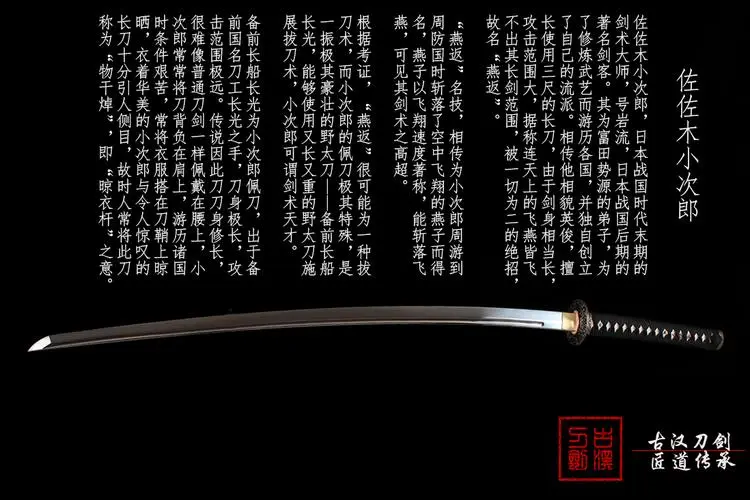
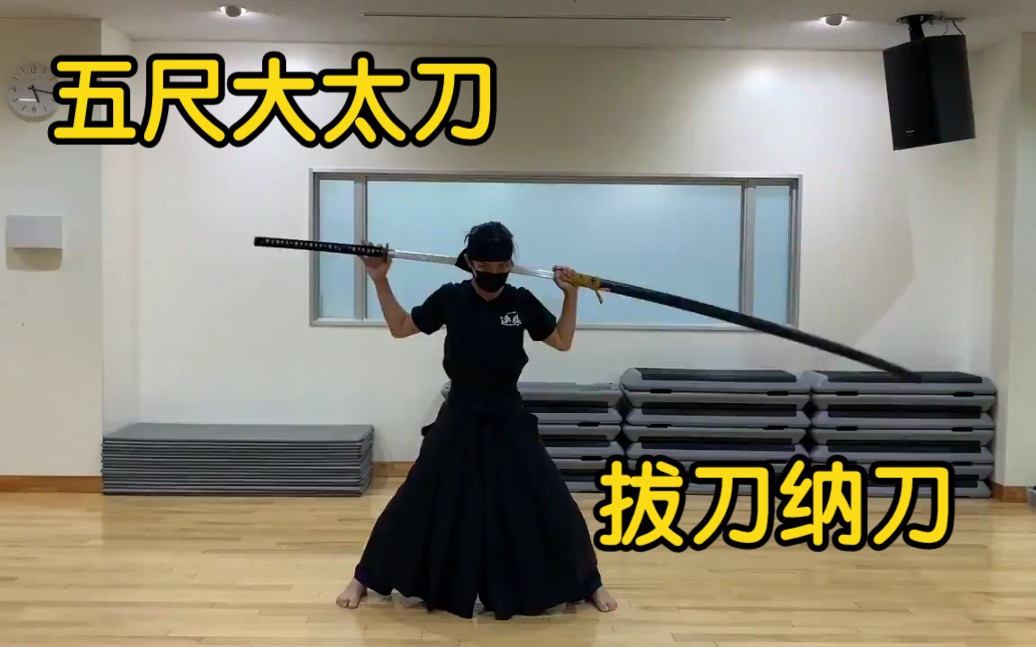
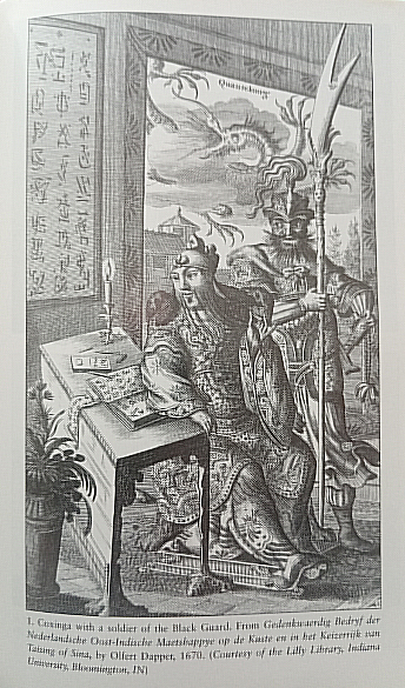
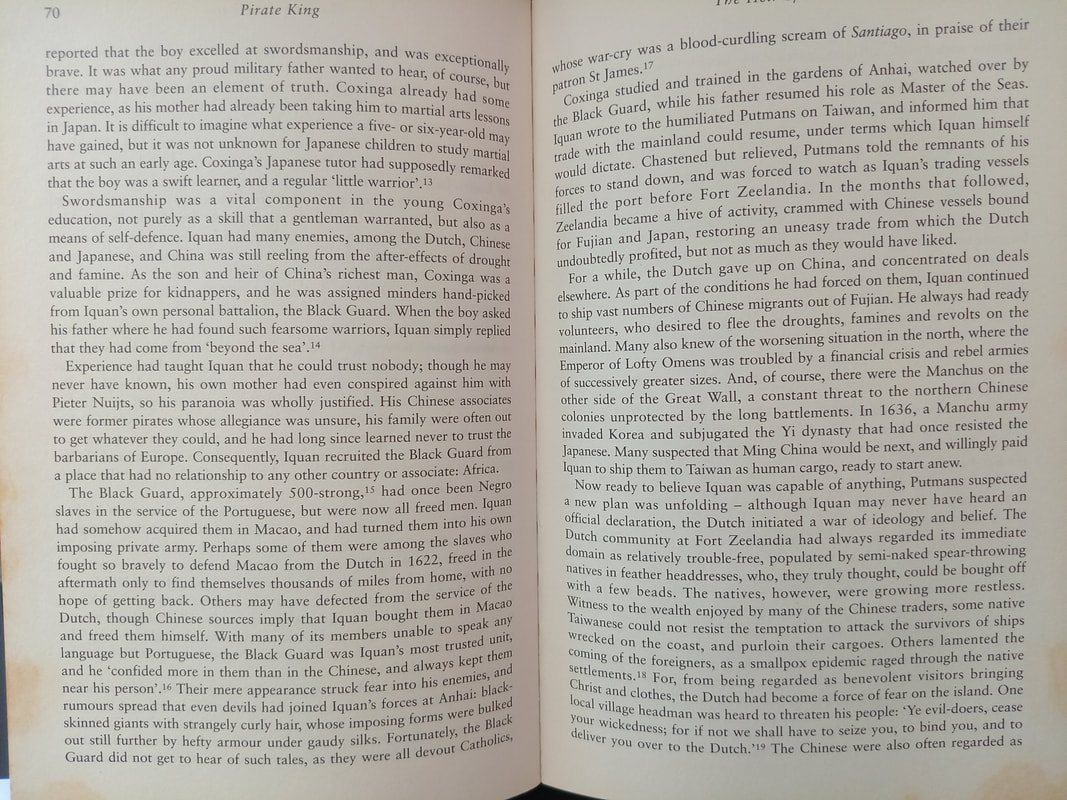
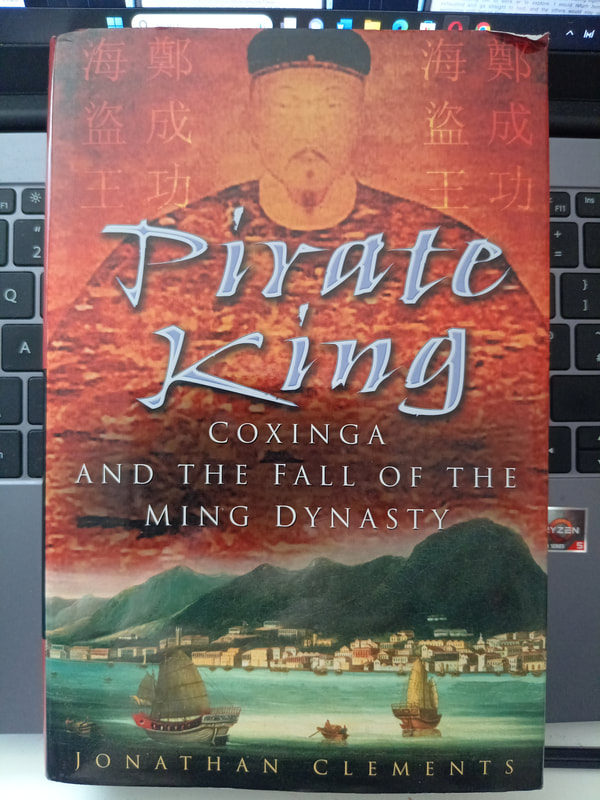
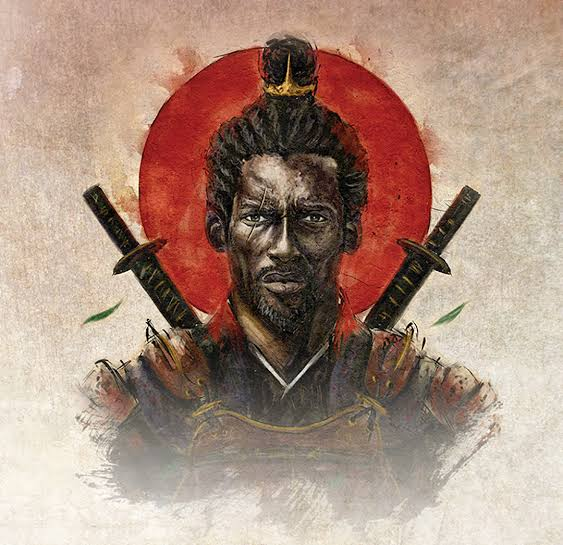
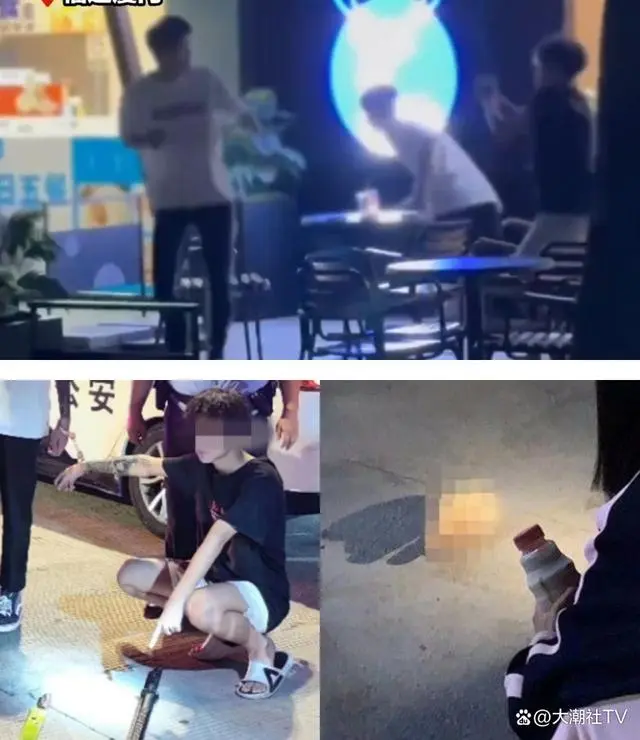
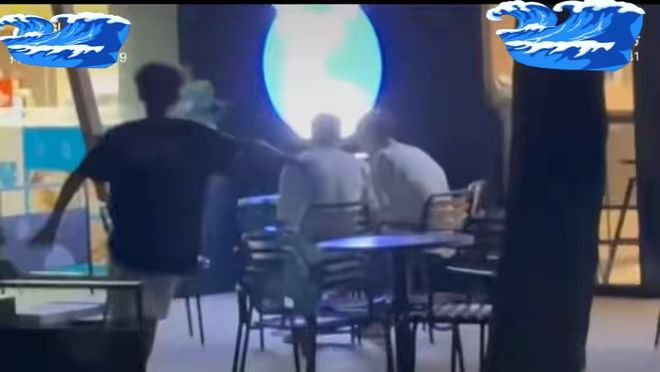
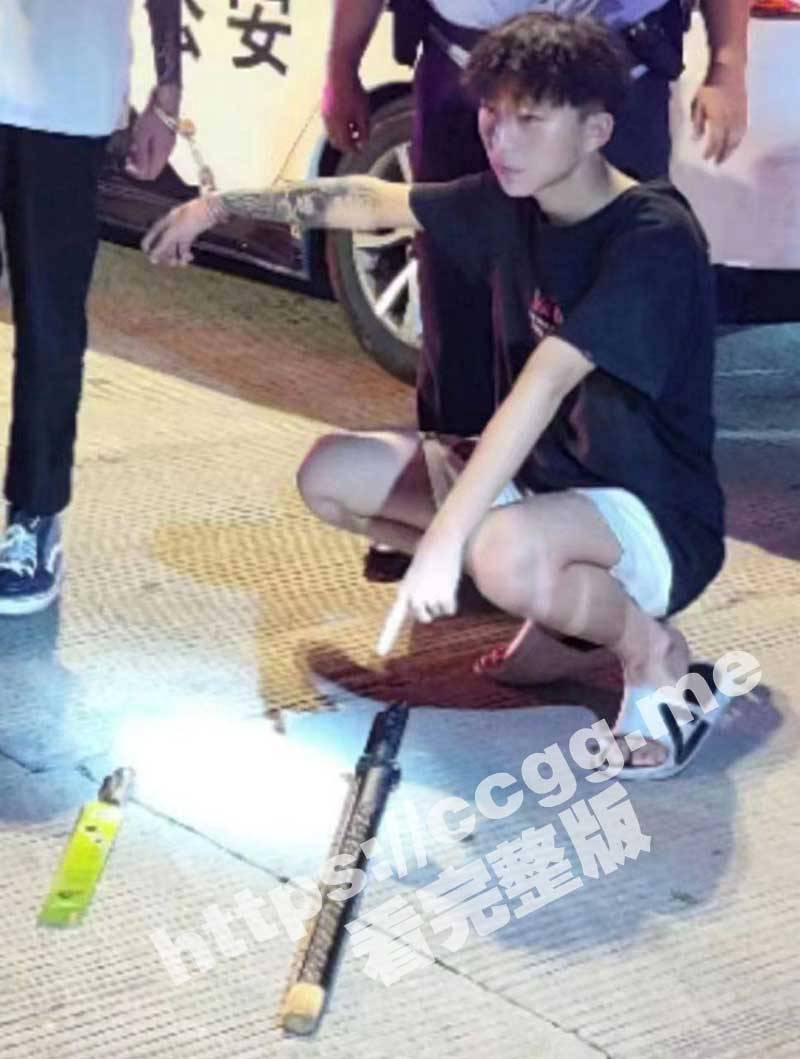

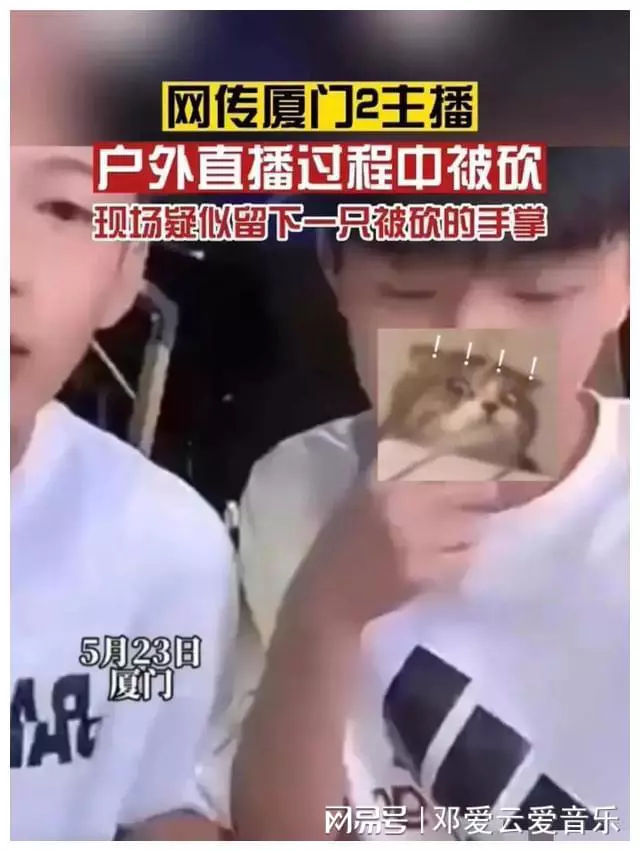
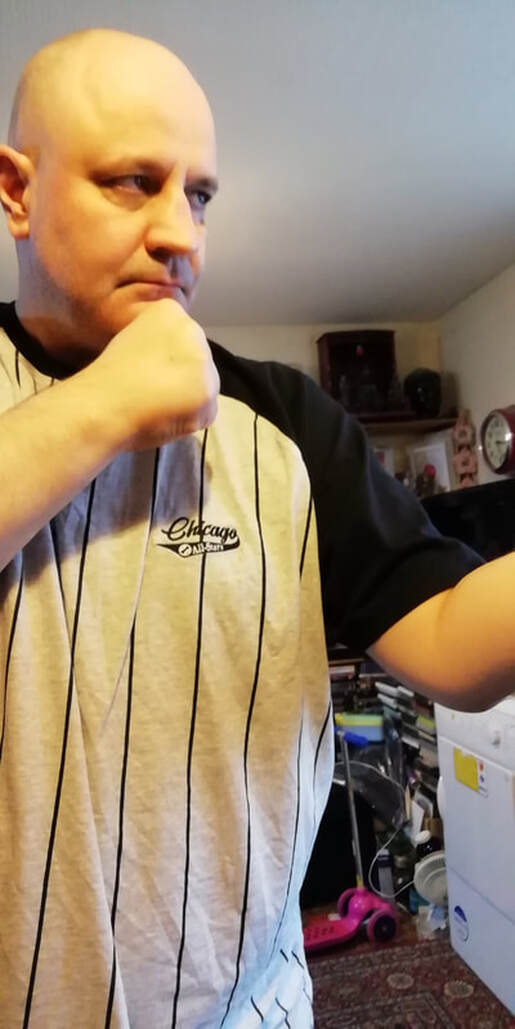
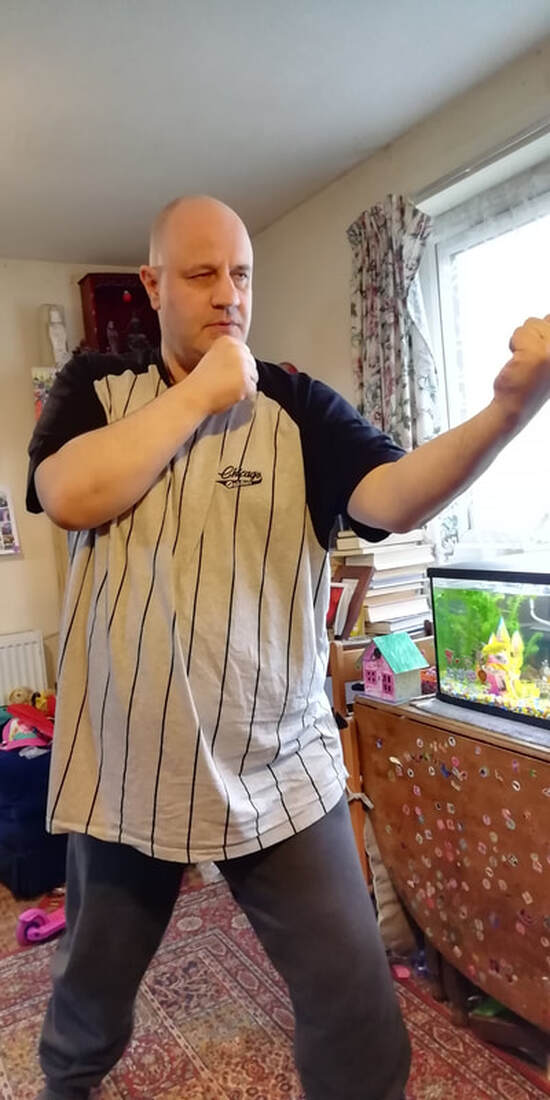
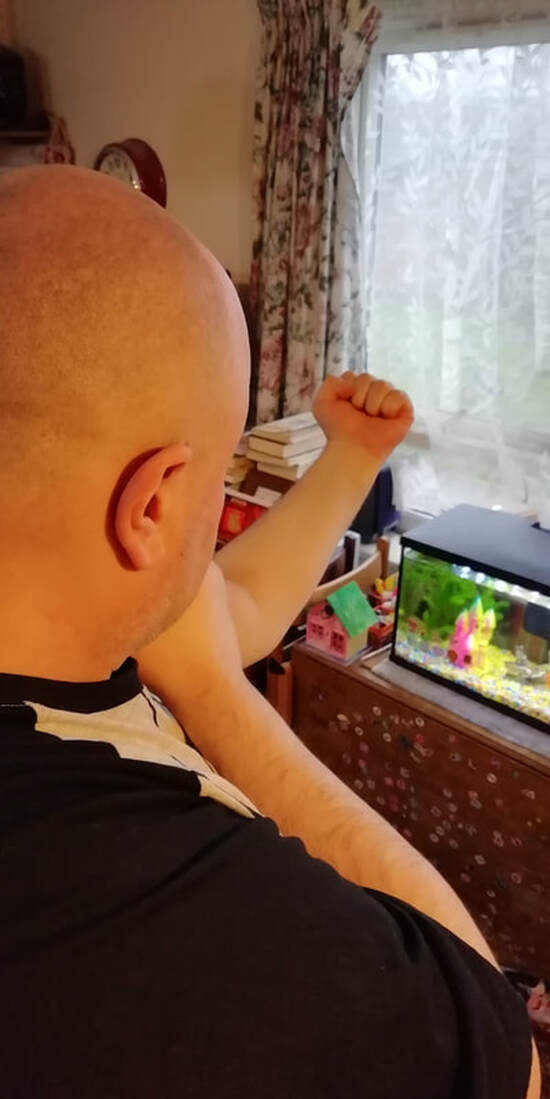
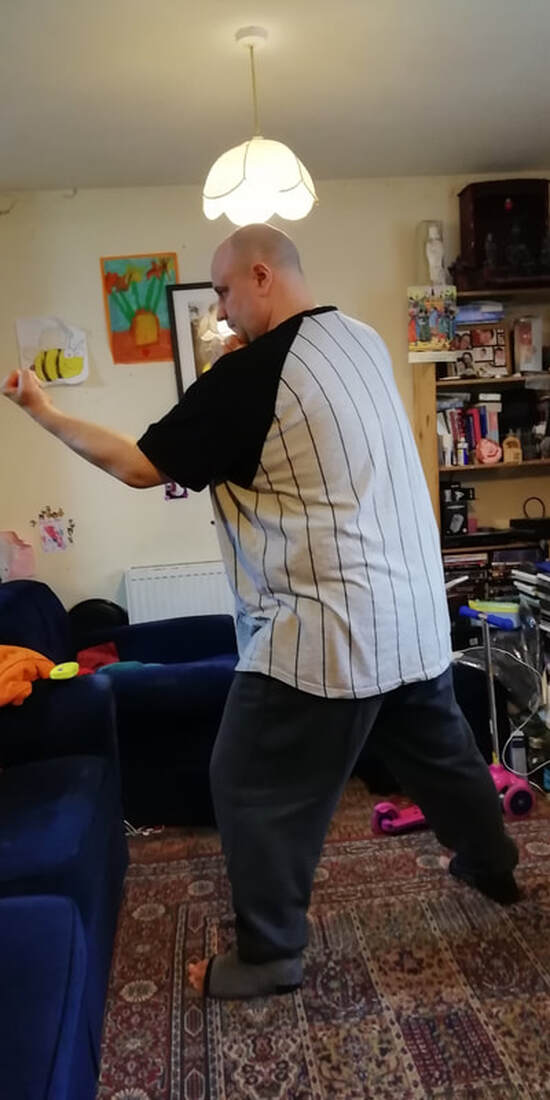
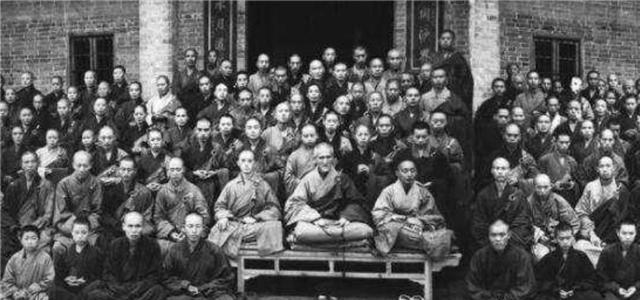
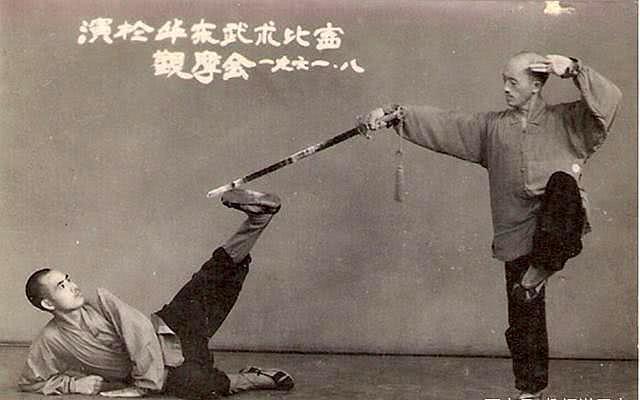
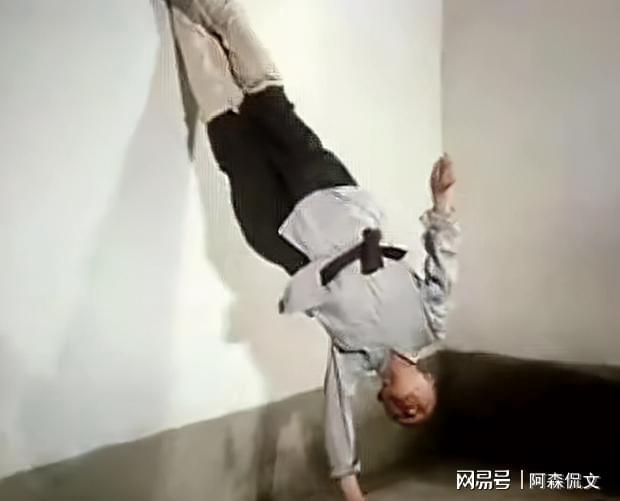
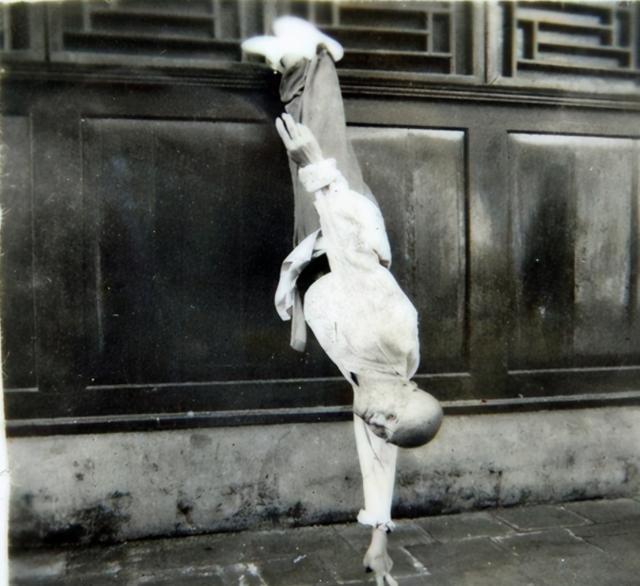
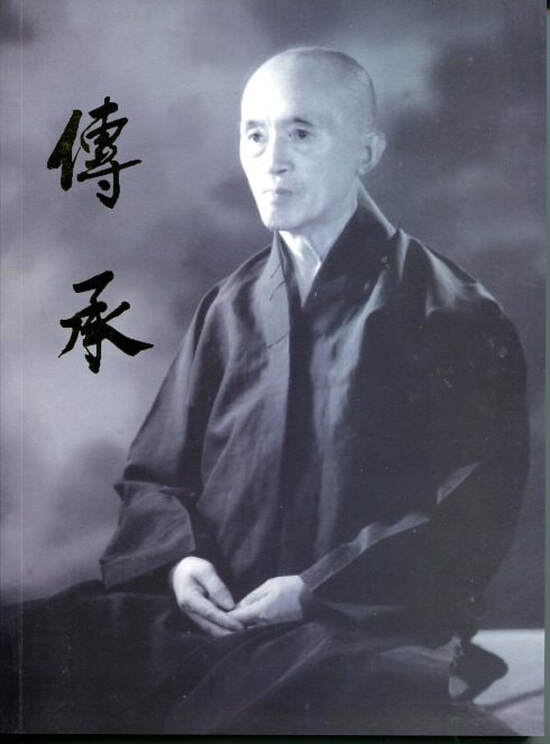
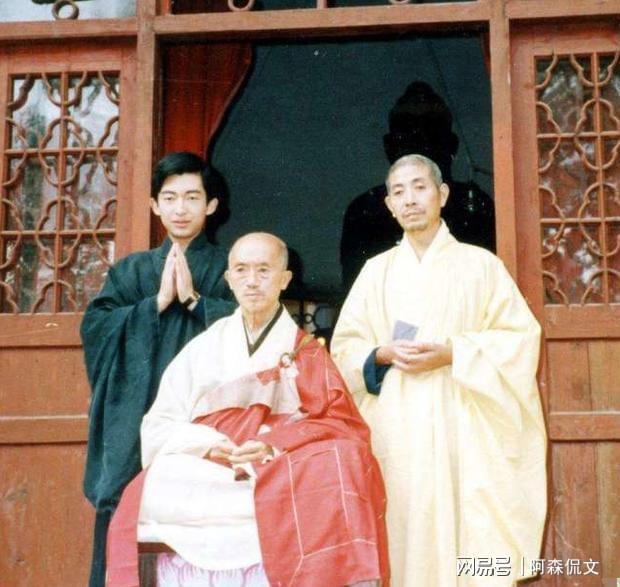
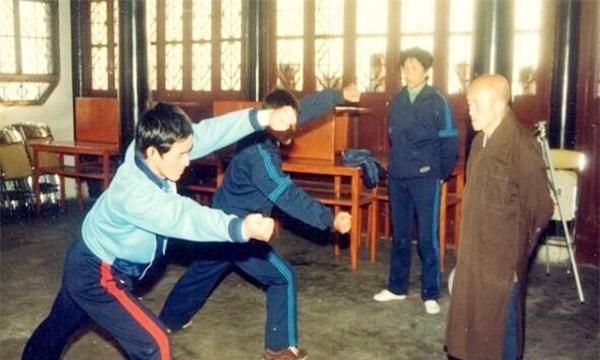
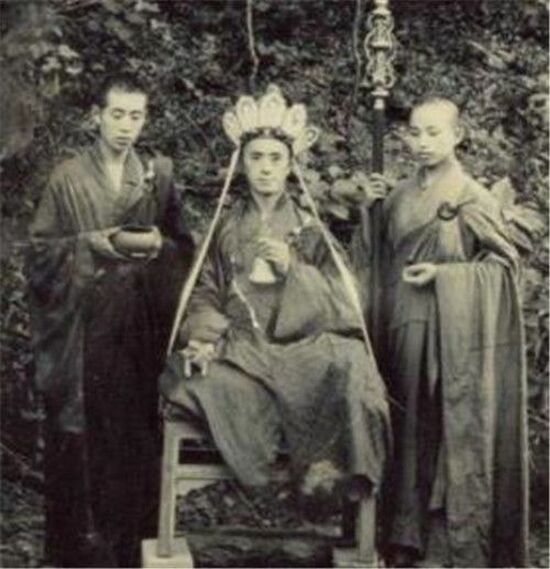
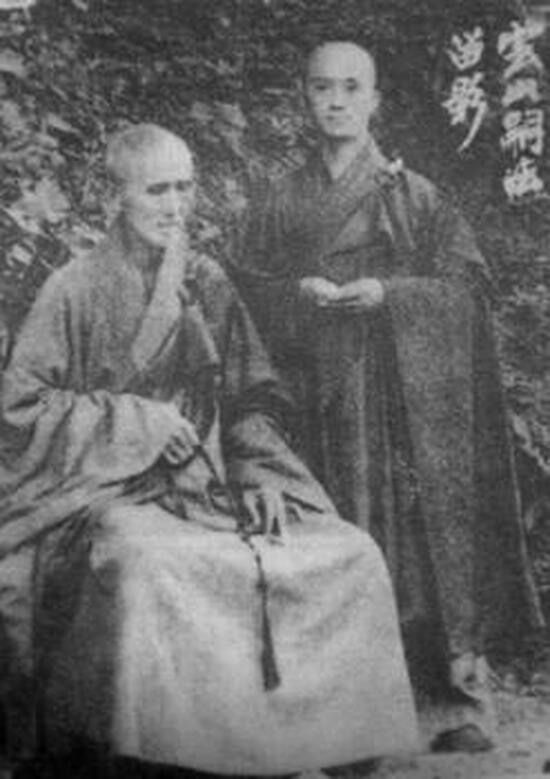
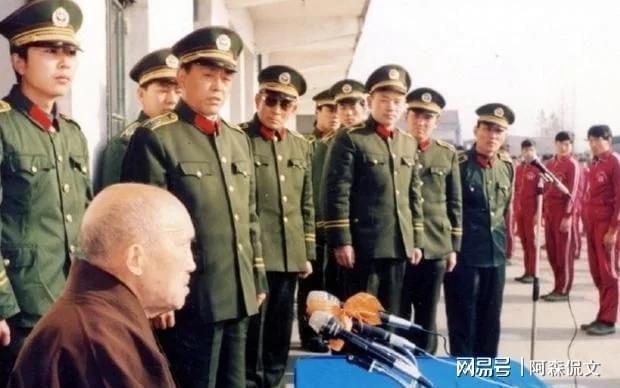
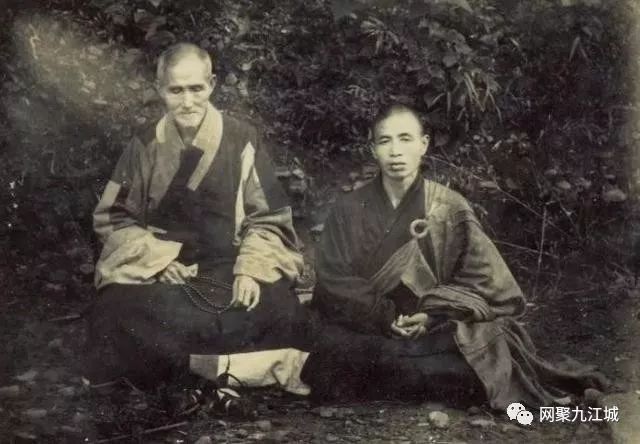
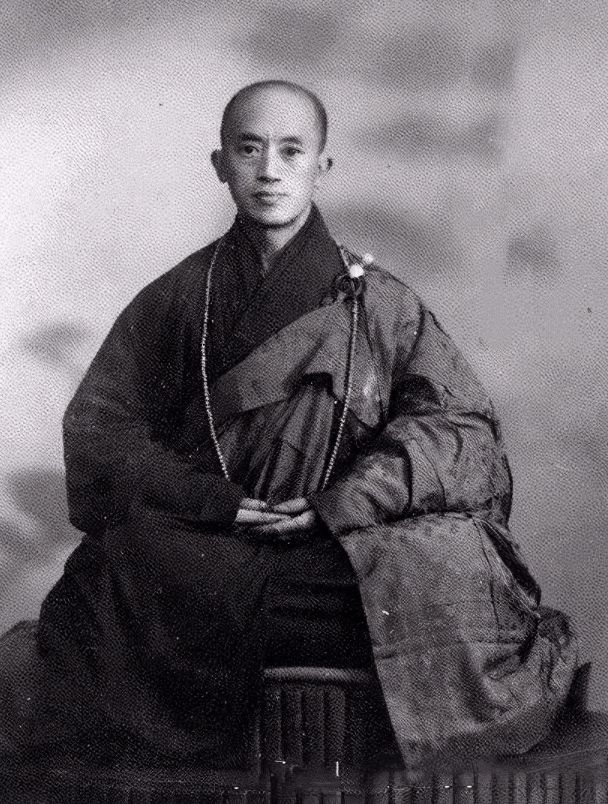
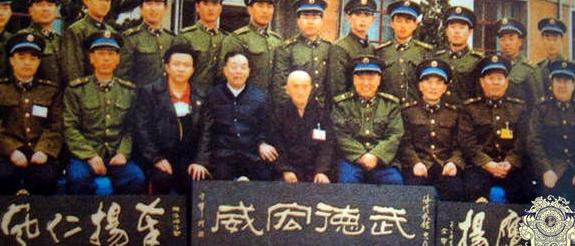
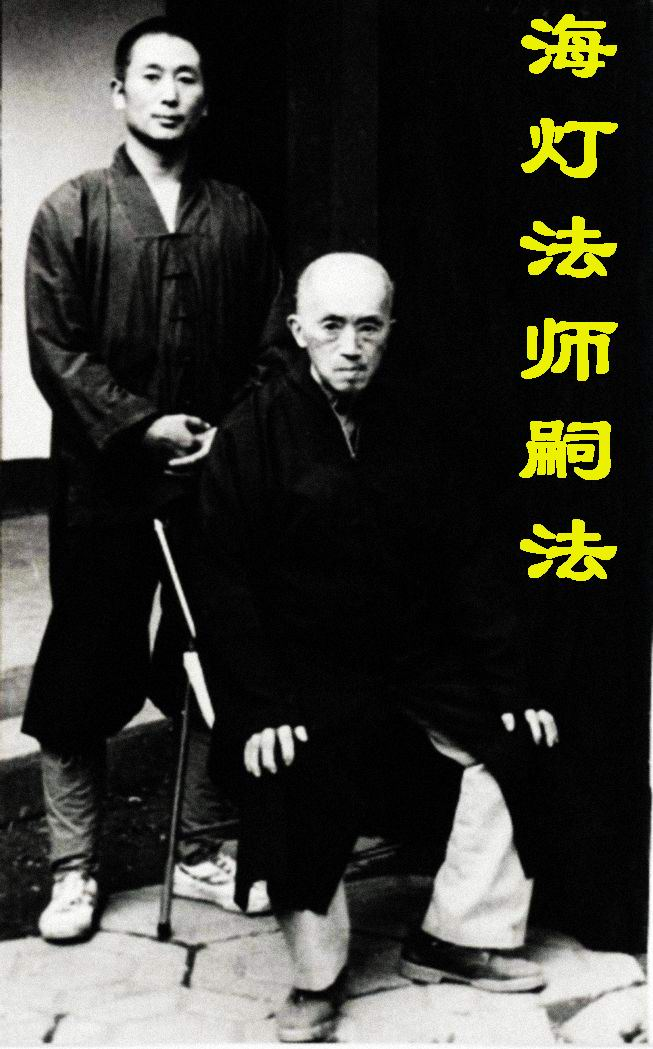
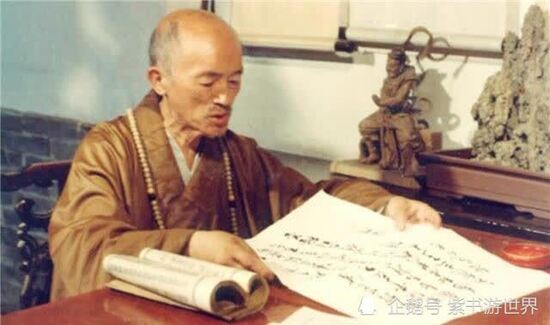
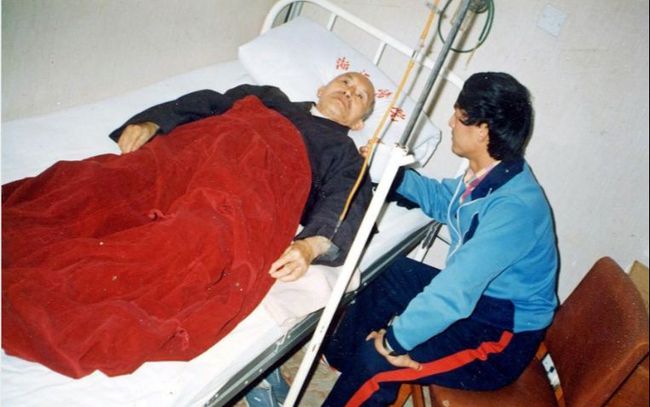
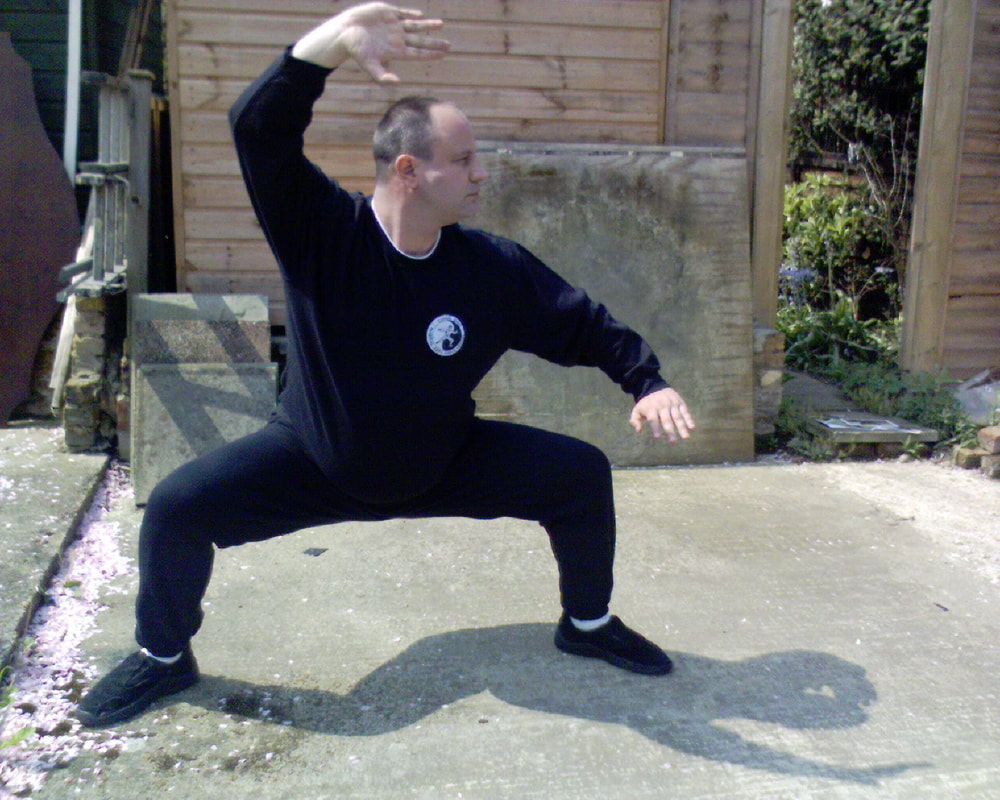
 RSS Feed
RSS Feed